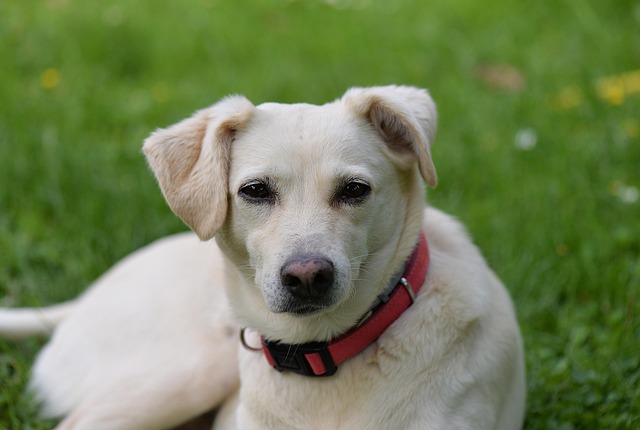
How do i train my dog to be obedient?
Watching your dog dart across the park ignoring your calls isn’t just frustrating—it can put them at risk near busy streets or public spaces.
Dogs pick up on fear like a storm sniffs out a coastline—ears flattened, tail tucked, maybe a sudden freeze when a loud truck rumbles by. That skittishness isn’t just nerves; it’s their way of saying the world feels unpredictable. Calming that fear starts with speaking their language, not ours.
Start small. If thunder sends your pup diving under the couch, don’t drag them out to “face it.” Instead, create a safe zone: a crate lined with their favorite blanket, a white noise machine to muffle the boom. Sit nearby, reading a book, so they learn you’re a calm anchor. This isn’t coddling—it’s building trust, one quiet moment at a time.
Reward bravery, even the tiniest bits. When a stranger approaches and your dog doesn’t bolt? A treat and a soft “good boy” go further than forcing interaction. Rushing things teaches them their fears are justified, not that they’re overblown.
 Socialization matters, but timing is everything. Puppies need gentle introductions to new sights, sounds, and people, but adult dogs with deep-seated fears need slower work. A friend with a calm dog might help, but only if both are relaxed. Never throw a scared dog into a busy park expecting them to “get over it”—that’s a one-way ticket to worse anxiety.
Socialization matters, but timing is everything. Puppies need gentle introductions to new sights, sounds, and people, but adult dogs with deep-seated fears need slower work. A friend with a calm dog might help, but only if both are relaxed. Never throw a scared dog into a busy park expecting them to “get over it”—that’s a one-way ticket to worse anxiety.
Know your local laws, too. Many places require leashes in public, which isn’t just about control—it’s about keeping your anxious dog from running into danger. Some areas have restrictions on certain breeds in crowded spaces, so check ordinances before planning outings. Breaking rules adds stress for you, and your dog will feel that tension.
If fear turns to aggression—growling, snapping, lunging—don’t hesitate to call a certified behaviorist. These pros know how to untangle deep-seated fears without making them worse. In some regions, trainers need specific certifications to work with reactive dogs, so verify credentials to stay compliant and effective.
Patience isn’t just a virtue here; it’s the whole game. Healing fear takes weeks, months, sometimes longer. But every time your dog chooses to stay instead of flee, every quiet moment where they relax in a once-scary place—that’s progress. And progress, slow as it may be, is how fear fades.

Watching your dog dart across the park ignoring your calls isn’t just frustrating—it can put them at risk near busy streets or public spaces.

New puppy owners often find themselves rushing to clean up accidents before they set in, and that’s where puppy pad training becomes a game-changer.

If you've noticed your dog's waistline disappearing and your veterinarian has mentioned those few extra pounds, your first instinct might be to simply reduce the amount of food in their bowl.

Training a dog to use a designated spot indoors isn’t as daunting as many new owners fear, but it does take consistency and an understanding of your pet’s needs.

That moment of dread on a walk is all too familiar for many new dog owners. You see another dog approaching down the sidewalk of your neighborhood

If the sight of another dog on your neighborhood walk makes your heart sink as your own dog erupts into a frenzy of barking and lunging, you're not alone.